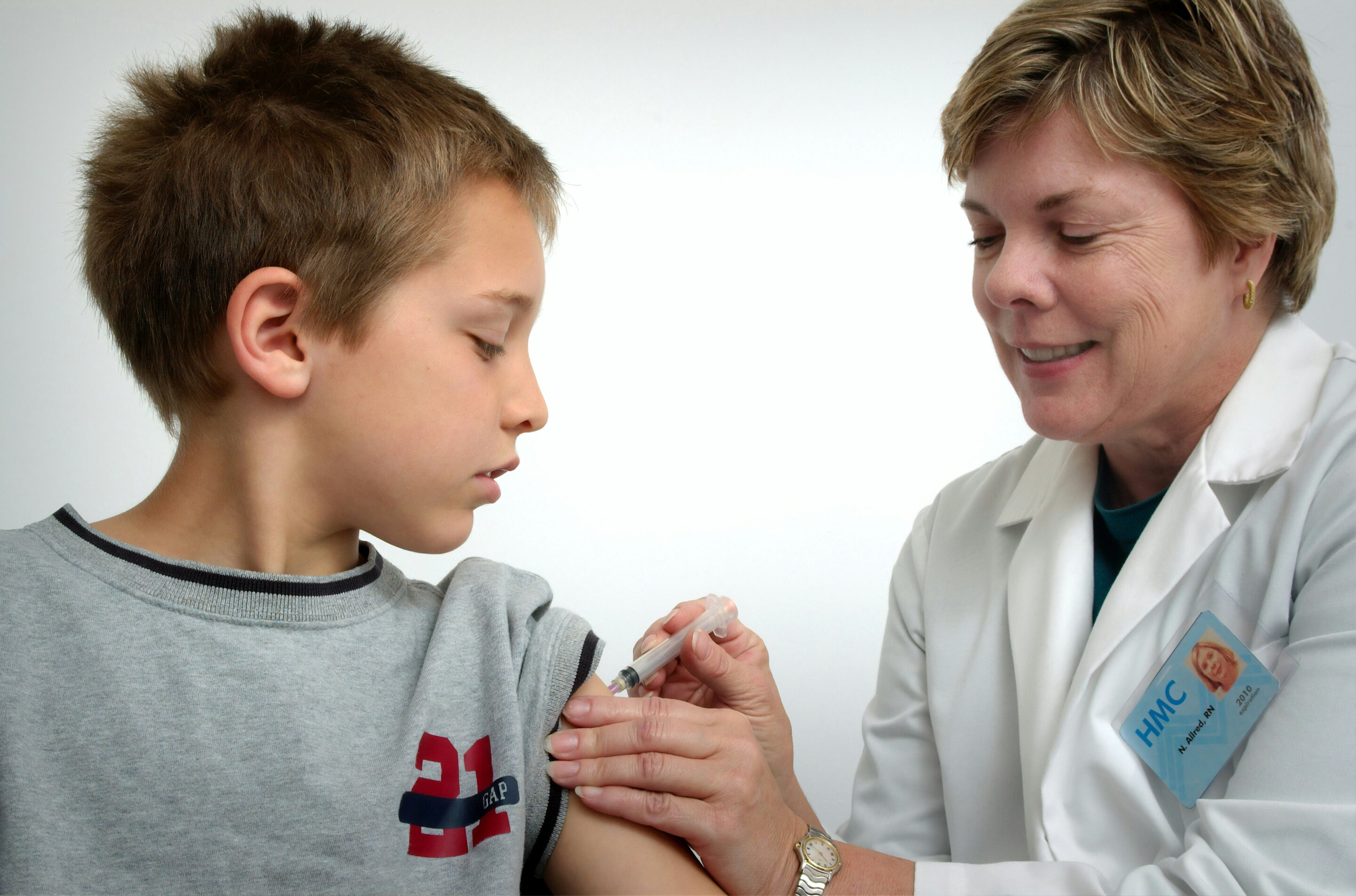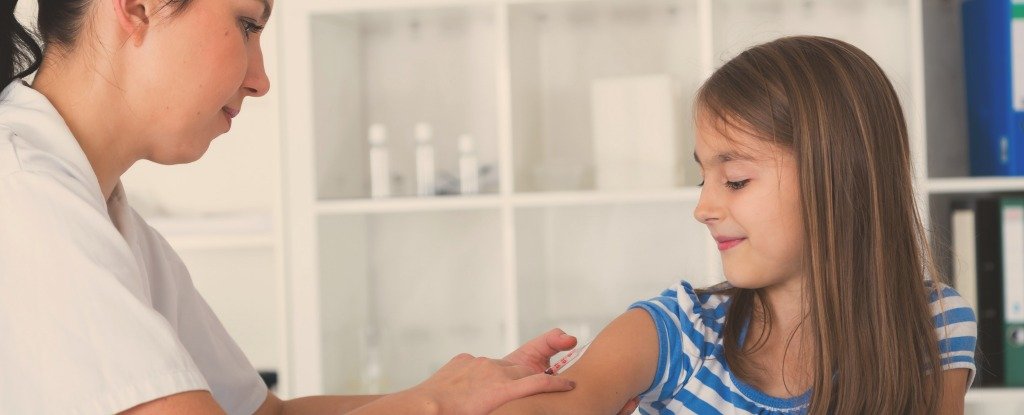According to a study, Researchers at Wake Forest University School of Medicine have found a correlation between rising rates of human papillomavirus (HPV) vaccinations and school entry requirements.
The results are available online in Pediatrics.

Sexually transmitted infections like HPV are widespread and can lead to health issues including genital warts and some types of cancer. The HPV vaccine should be administered in two doses, spaced six to twelve months apart, to children aged 11 to 12 in order to prevent infection, according to the Centers for Disease Control and Prevention (CDC). However, according to CDC data from 2022, just 50% of 13-year-olds had received their recommended dose of HPV vaccinations.
In order to enter a school, parents or guardians must vaccinate their children against HPV or obtain an exemption. At the moment, only Hawaii, Puerto Rico, Rhode Island, Virginia, and Washington, D.C. have such regulations.
Grabber and colleagues conducted a systematic evaluation of studies from 2009 to 2022, evaluating the relationship between policy and HPV vaccination coverage among teenagers in the United States. They collaborated with researchers from Duke University and the University of North Carolina at Chapel Hill. The group found 36 relevant research and compiled their findings according to the kind of policy, including federally supported policies, educational mandates, and school-entry requirements that demand that institutions of higher learning disseminate information regarding the advantages of HPV vaccine.
“We found consistent evidence that school-entry requirements work in places that require parents who don’t vaccinate to submit an exemption,” Grabber stated. “We also found that school-entry requirements for other vaccines resulted in positive spillover effects for HPV vaccinations.”

According to Grabert, federally financed initiatives like Medicaid and the Vaccines for Children program were likewise invariably linked to a rise in HPV vaccination rates. Few research, meanwhile, found a link between HPV vaccination rates and educational requirements.
“Policymakers should be aware that HPV-related cancers and disease can be reduced,” Grabert stated. However, not all laws work as intended. Policymakers ought to give considerable thought to the most effective method of boosting HPV vaccination distribution.”
Article Source news-medical.net


